“As the pace quickened, these captures thickened along the way; and after going ten or twelve miles down the valley to the vicinity of Jasper, there opened the richest scene that the eye of a cavalryman can behold. Along the side of the mountain hundreds of large Federal wagons were standing, with their big white covers on them, like so many African elephants, solemn in their stately grandeur.” These were the colorful words of George B. Guild of the Fourth Tennessee Cavalry Regiment. He wrote after the war of his experience in the week-long Confederate cavalry raid led by Maj. Gen. Joseph Wheeler against the tenuous Union supply line supporting Brig. Gen. William Rosecrans’s Army of the Cumberland in Chattanooga, Tennessee.
“Fightin’ Joe” Wheeler was a complicated figure. Hated by some who fought alongside or under him, he was loved by others. His detractors, not the least of whom was his rival Maj. Gen. Nathan Bedford Forrest, thought the 27-year-old general lacked sound tactical judgment. Wheeler is remembered, among other achievements, for one of the most daring cavalry raids of the conflict, which was the so-called Middle Tennessee Raid in which he destroyed 700 wagons in the Sequatchie Valley.
Rosecrans’s army was supplied following the Battle of Chickamauga by mule-driven wagons that made the arduous 60-mile journey from the railhead at Stevenson, Alabama, to Chattanooga. At the close of September 1863, Bragg instructed Wheeler to intercept and destroy the Union wagon trains in the Sequatchie Valley.
On the night of September 30, Wheeler led his cavalry corps across the Tennessee River. A hard rain forced them to bivouac atop Walden Ridge that night. During the night, scouts informed Wheeler that a large wagon train was located six miles away. Ordering half of his men to proceed north to the Federal outpost at McMinnville, Tennessee, Wheeler led the rest to sack the train.
Spying the wagons, Wheeler ordered his buglers to sound the attack. A brigade of Union cavalry rode in front and behind the wagon train, and detachments of infantry marched alongside it, but the Rebels were undaunted. Although his initial attack was repulsed, Wheeler struck again. “A vigorous fire was kept up for a while, when the enemy, seeing that they were greatly outnumbered, surrendered after some casualties on both sides,” wrote Guild. Wheeler’s men rounded up 1,200 prisoners. The Rebels spent the next eight hours taking what supplies they could carry before burning the wagons. When wagons laden with ammunition were torched, the explosions were heard by Union troops in Chattanooga. The destruction of the wagons deprived several Union divisions of badly needed food and ammunition.
The following day, Wheeler forced the surrender of the 600-man Federal garrison at McMinnville. Afterward, the Rebels torched the Federal stockpiles and spread a swath of destruction from Murfreesboro to Shelbyville. Brig. Gen. George Crook’s Second Cavalry Division of Rosecrans’s army caught up with Wheeler on October 7. A pitched fight lasting two hours occurred at Farmington when Wheeler ordered his men to dismount and take cover in a cedar thicket. Crook, who had mounted infantry in his command, ordered it to dismount and envelop the Rebels. Artillery unlimbered on both sides. Nightfall saved Wheeler from destruction.
On October 9, the Rebels splashed across the broad Tennessee River at Muscle Shoals, Alabama. Wheeler had suffered 300 casualties at Farmington, and he lost another 100 men cut off before they could escape. While Wheeler’s success at destroying the wagon train was admirable, the raid shows the difficulty a Rebel commander had in extracting his command intact from a swift raid.
-William E. Welsh
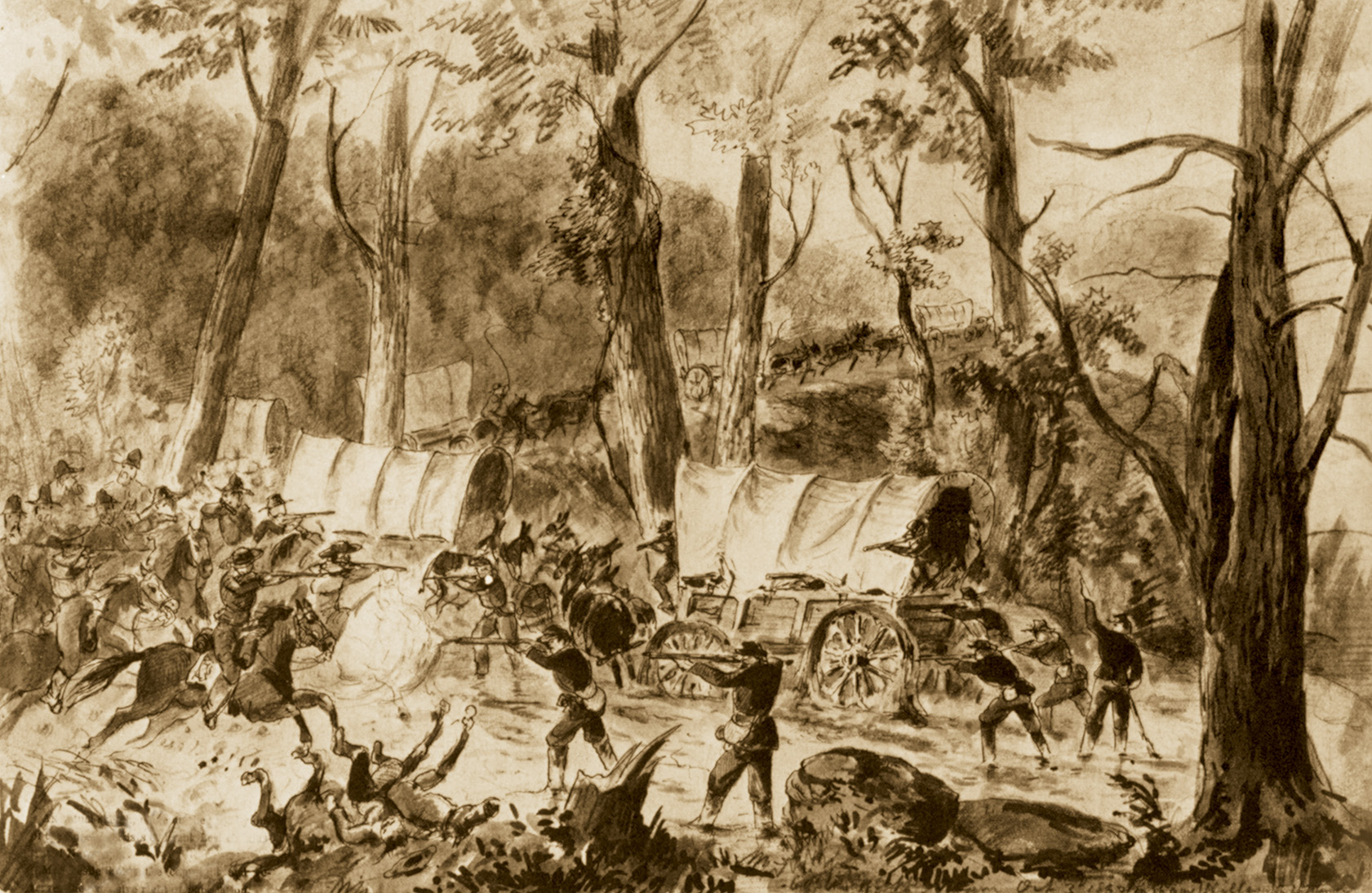
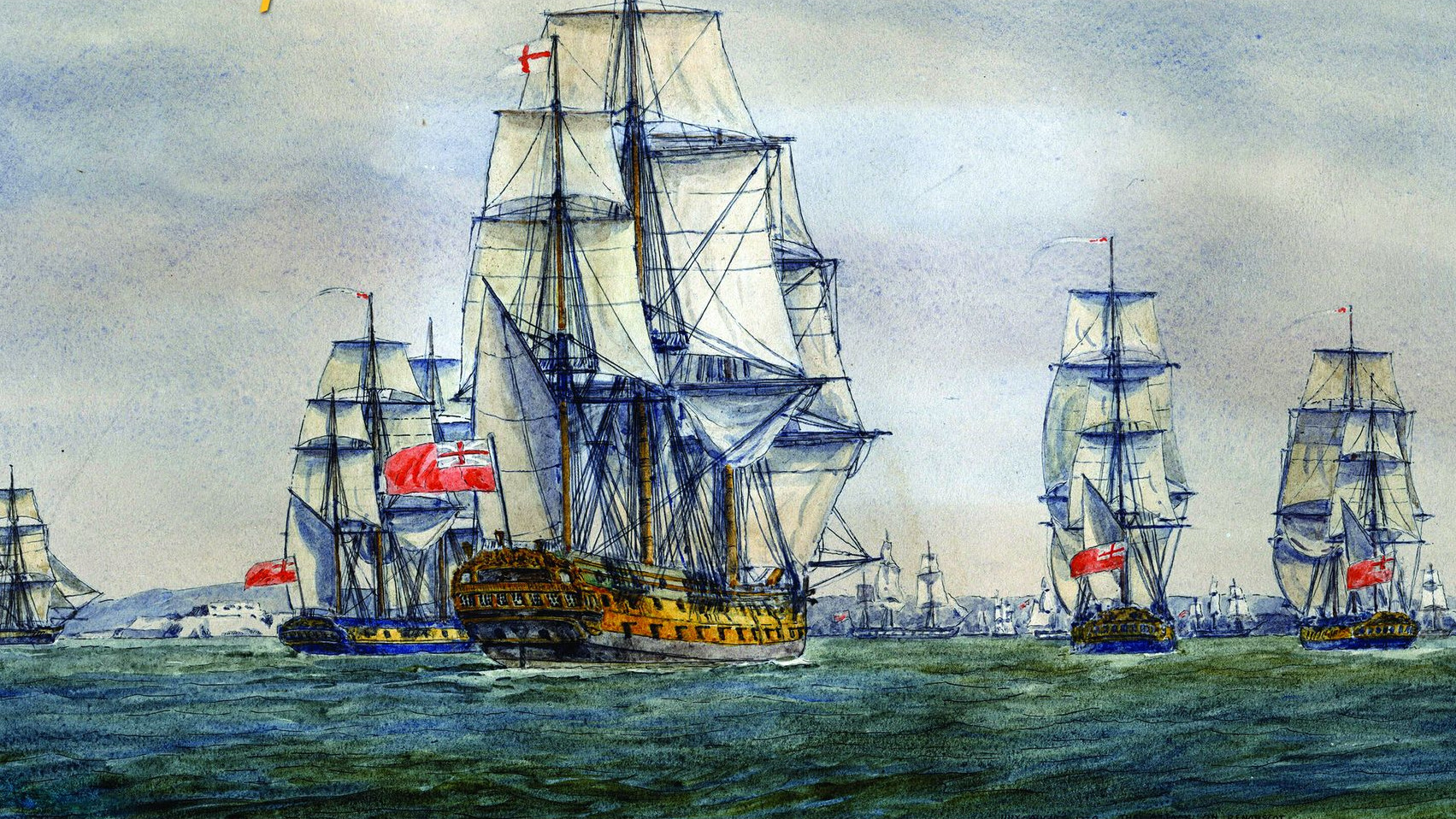
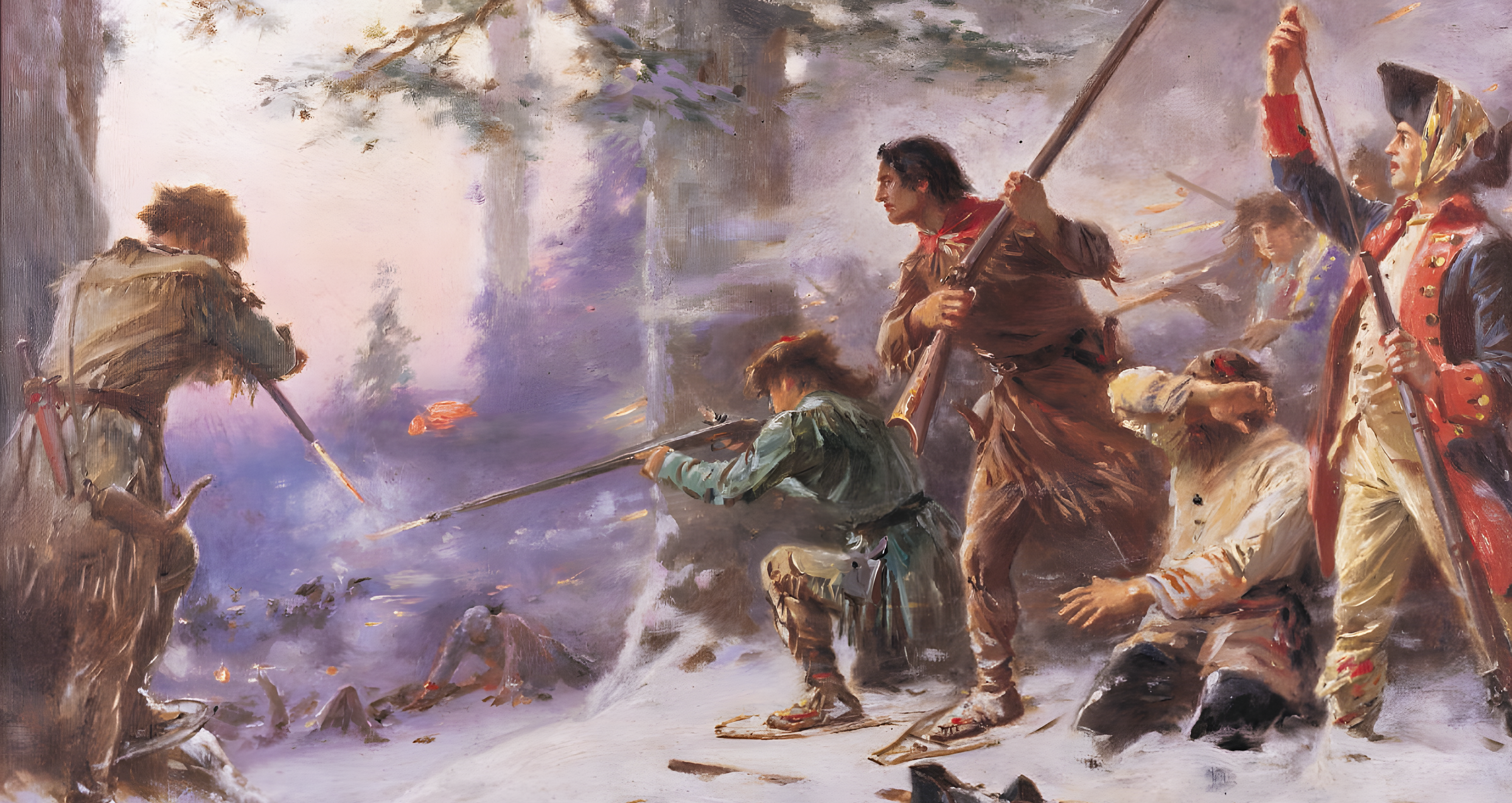
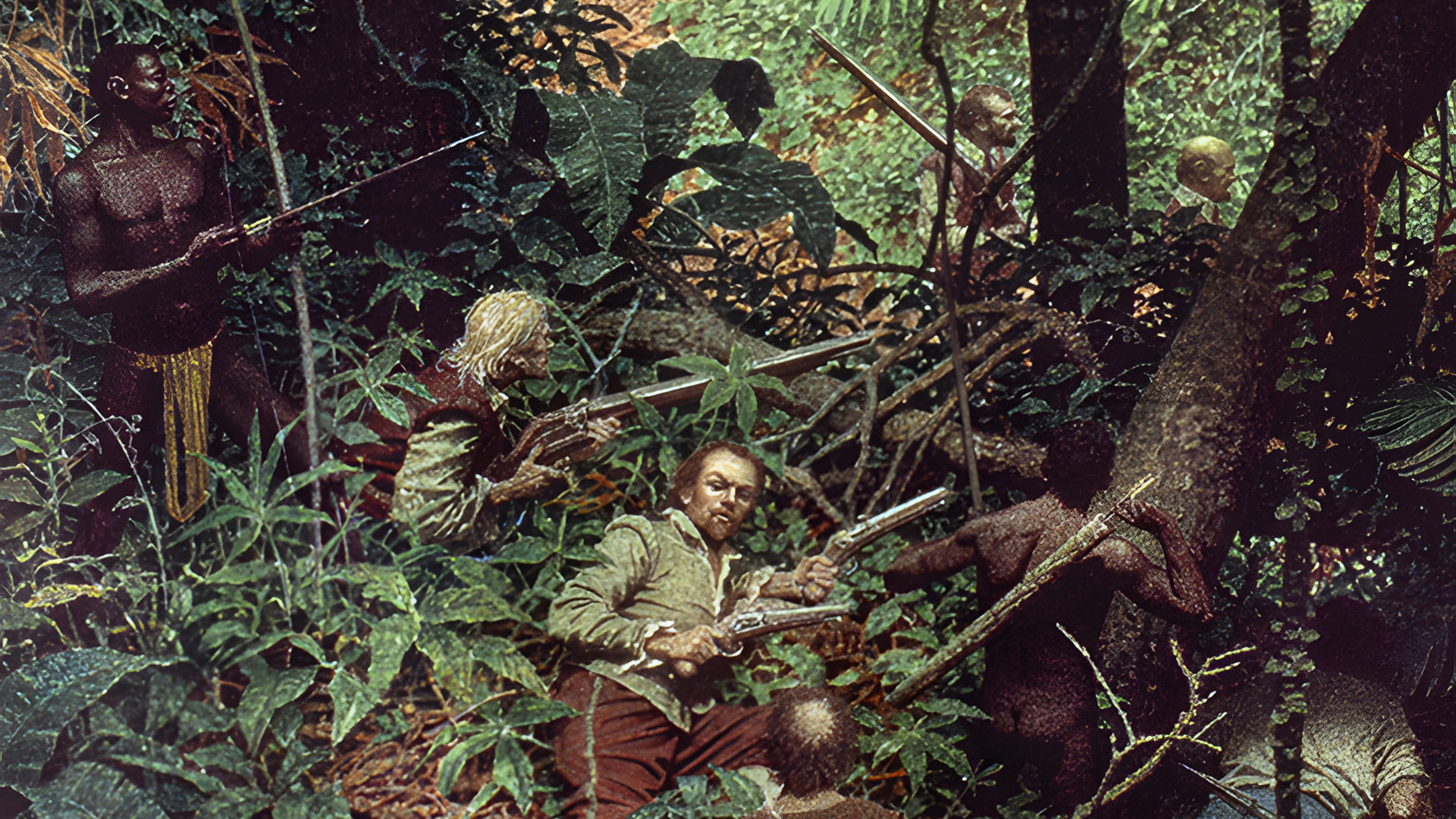
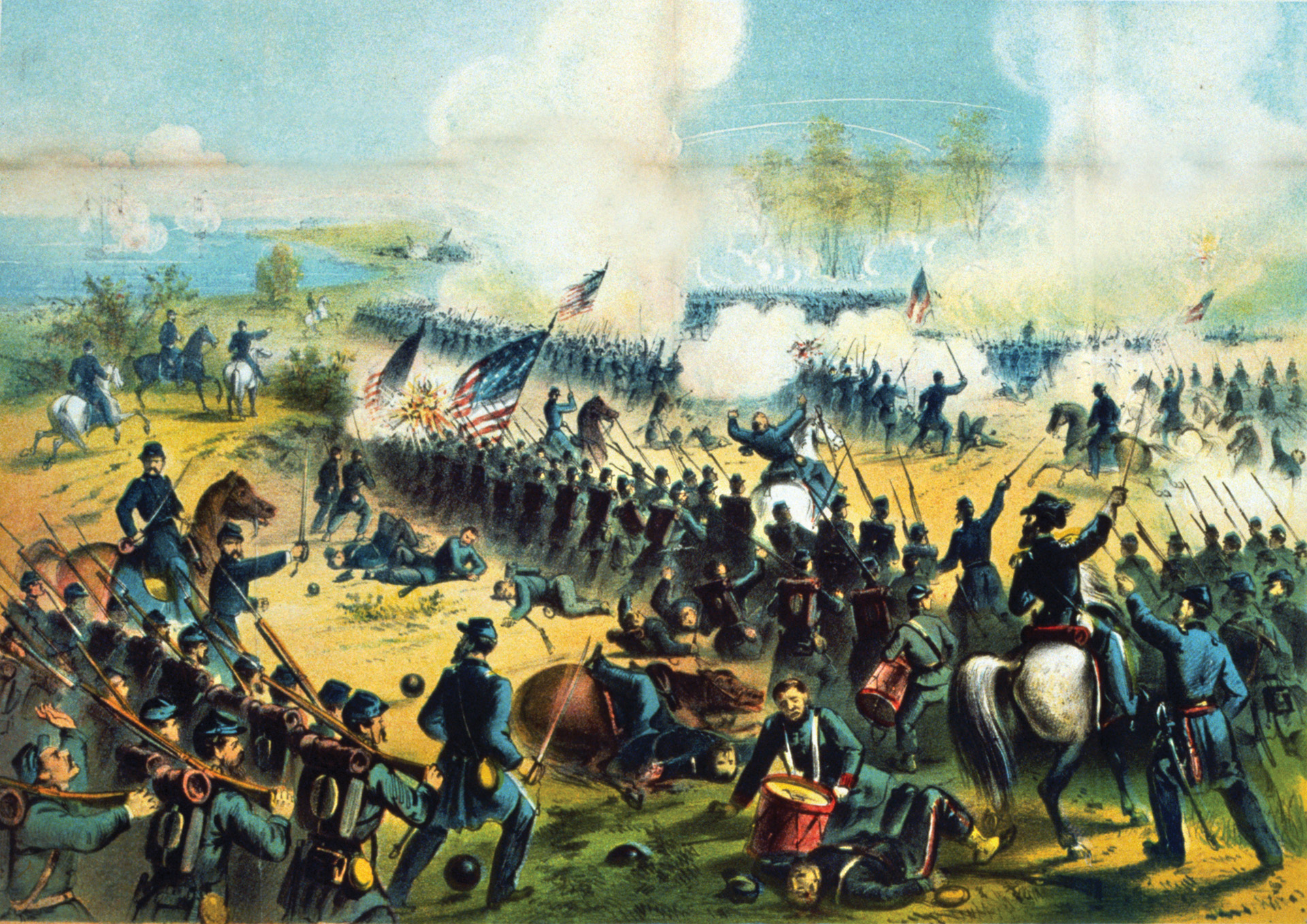

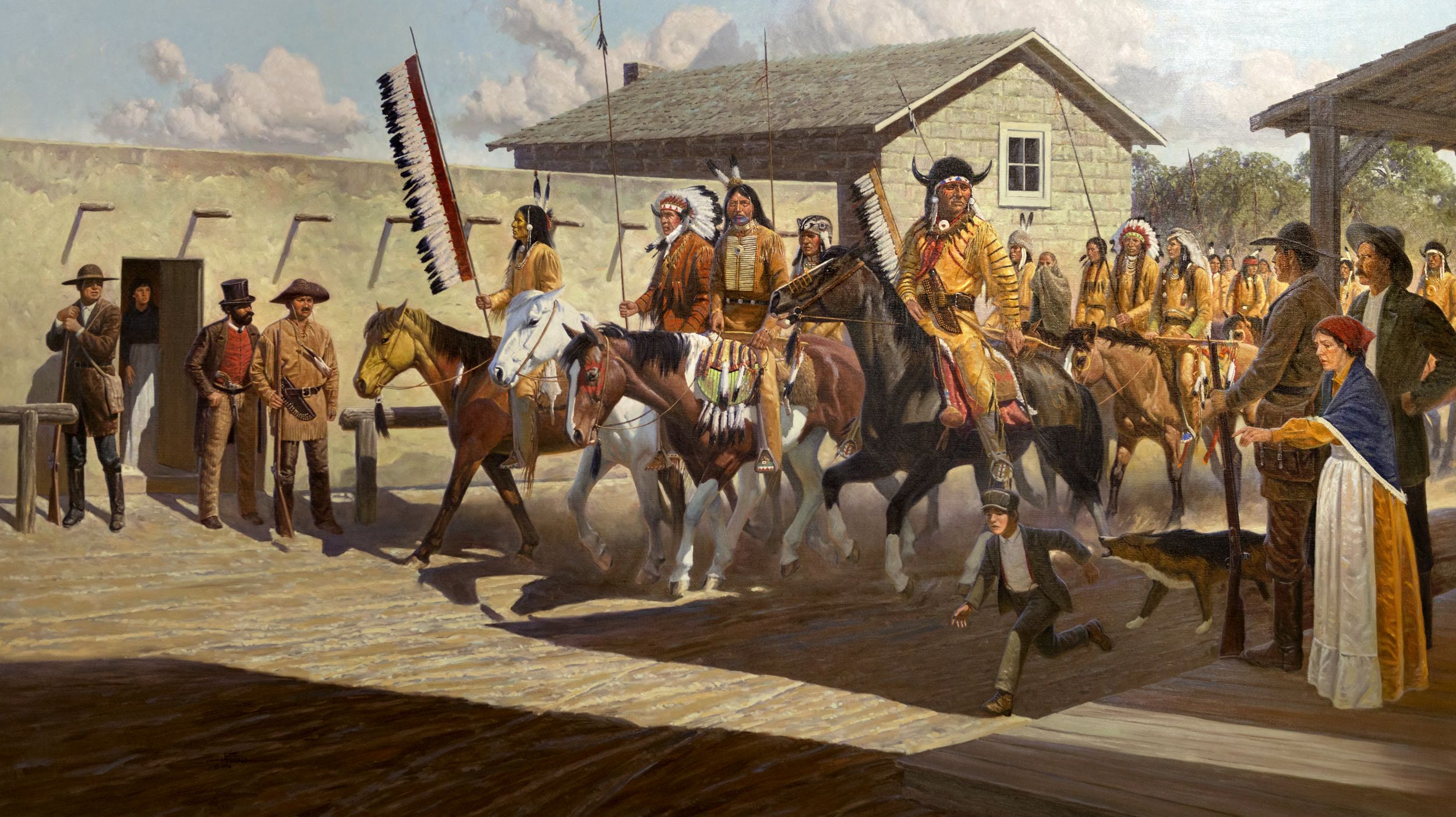
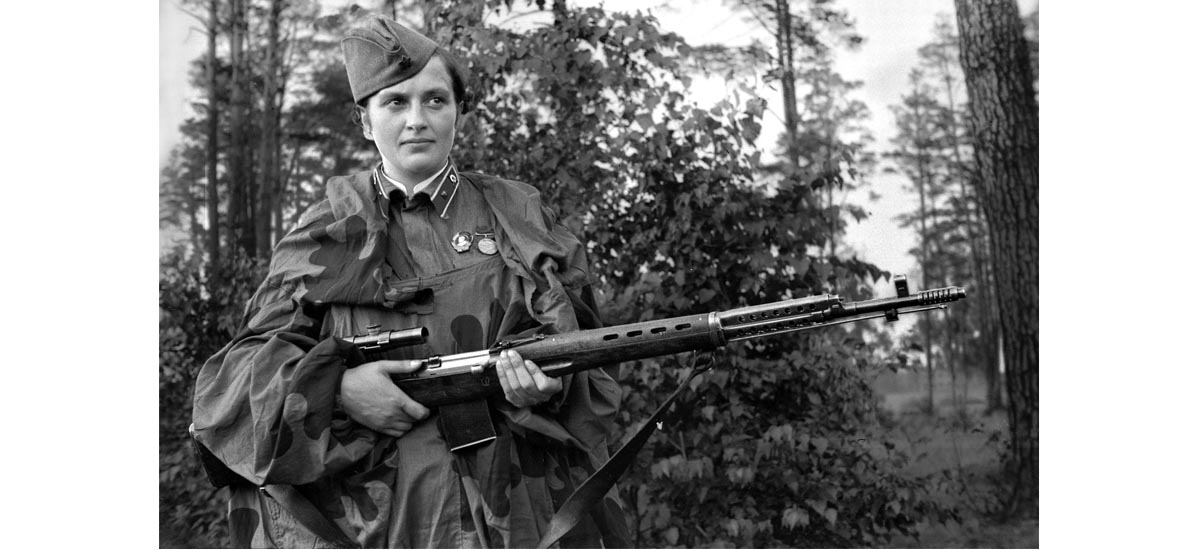

Join The Conversation
Comments
View All Comments